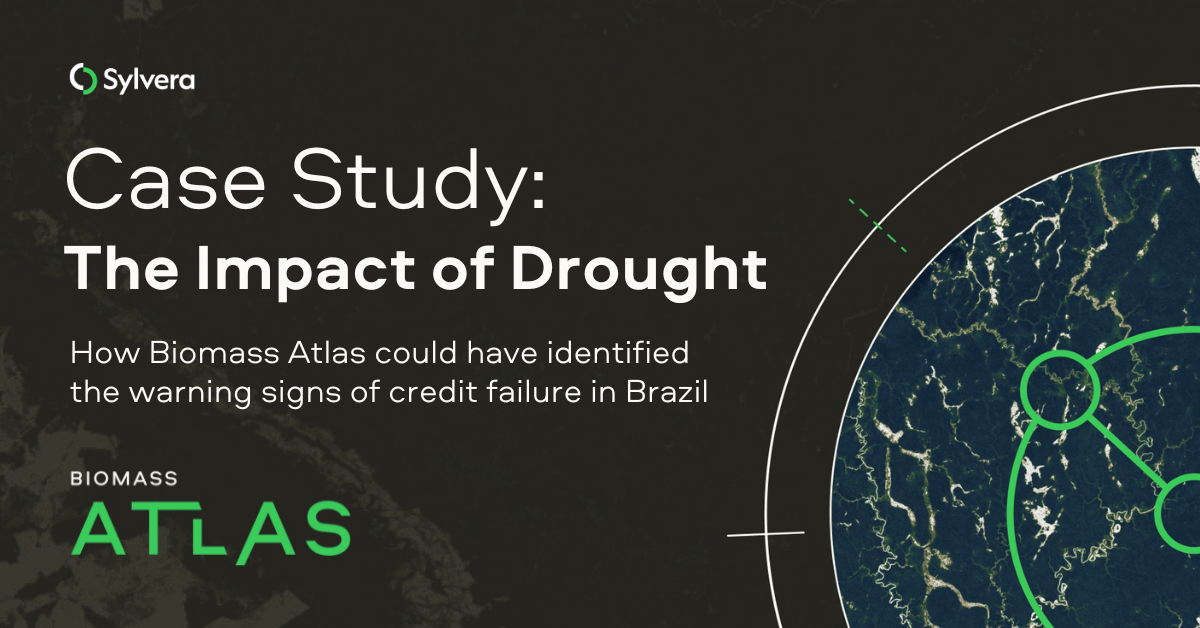“Over the years we’ve invested significantly in our field data team - focusing on producing trusted ratings. While this ensures the accuracy of our Ratings, it doesn’t allow the scale across the thousands of projects that buyers are considering.”
For more information on carbon credit procurement trends, read our "Key Takeaways for 2025" article. We share five, data-backed tips to improve your procurement strategy.

One more thing: Connect to Supply customers also get access to the rest of Sylvera's tools. That means you can easily see project ratings and evaluate an individual project's strengths, procure quality carbon credits, and even monitor project activity (particularly if you’ve invested at the pre-issuance stage.)
Book a free demo of Sylvera to see our platform's procurement and reporting features in action.
Corporates of all sizes are going upstream to invest in pre-issuance carbon projects.
Put another way, more companies are funding projects early in the development stage, before credits have been issued. The goal? To secure high-quality supply.
But to make quality investments, buyers need independent assurance of over-crediting, additionality and permanence risks from early-stage projects.
Discounting provides carbon market participants a way to utilize average-rated credits available today and account for imperfection. Investment in upstream projects, on the other hand, catalyzes the growth of high-quality credit supply.
The stage of a project in the crediting lifecycle can create unique risks and opportunities. Here's what you need to know.
What is the lifecycle of a carbon credit?
Different registries use different language to describe their documentation and crediting process, but the process is largely the same across registries. The diagram below outlines the general process of how a carbon credit becomes available for purchase and retirement.
It's important to keep in mind that it can take years for a project to get from the initial ideation, planning, and development phase to the stage where it can actually deliver credits to the market. (And even longer to actually impact climate change, depending on the project.)

Sylvera uses the terms Pre-Issuance Projects and Issuing Projects to distinguish between projects that have delivered verified credits to market and those that have not yet done so.
You may also encounter the terms ex-ante and ex-post. Ex-ante means “before the event”. In the context of carbon credits, the event is verification and subsequent release of credits by a registry. Ex-ante credits have not been verified or released to the market and, therefore, cannot be retired immediately. Purchasing them is a future-thinking strategy.
Ex-post means “after the event”. Ex-post credits are those that have been verified and released by a registry. These credits can be purchased and retired immediately.
In the pre-issuance phase, a project's credits are entirely ex-ante. Based on the typical structure and cadence of the project lifecycle, an issuing project can have both ex-ante and ex-post credits.

The first major piece of documentation a project typically creates is one that defines the project design—for example, which methodology and modules are used, additionality, location, and other key data. In the early stages, the project developer will outline the expected volume of credits, typically defining the expected number of credits for each year of the project lifetime.
Projects can only issue verified credits based on emissions reductions or removals that have already happened. An issuing project will have periodic releases of credits, typically spread several years apart due to the cost of issuing credits and the required verification processes.
How to assess a pre-issuance project
Sylvera's carbon credit Ratings are an ex-post assessment (i.e. conducted after the project has been up and running) of the quality of credits that have been delivered to market. They are updated at a regular cadence when new data is available, including when a project has a periodic issuance.
However, projects at the pre-issuance stage face unique risks. Sourcing reliable projects, assessing claims and risks for each, and monitoring their implementation can be complex and time-consuming.
That's why Pre-issuance Ratings are used to make an investment decision and provide an indication of what Rating the project is expected to receive at issuance. This in-depth assessment is made up of 3 modules:
- Integrity: What rating this project is expected to receive at issuance
- Delivery: How credits will be issued and when
- Value: How this translates into money using our price rating correlation.
Across these 3 modules, remedial actions provide guidance on how to improve the project's quality and value. Once remedial actions are taken, project stakeholders can progress with confidence, knowing their projects are optimized to generate quality credits that companies will pay a premium for.
So, for corporate retirees and investors looking to invest in these early-stage projects, Pre-Issuance Ratings can provide assurance and a sense of control because they give buyers a more reliable supply of credits and an opportunity to improve the quality of projects. (For financiers, it's an investment opportunity that looks a lot like more traditional project finance).
How pre-issuance projects create high-quality credit supply
At Sylvera, our mission is to incentivize investment in real climate action. There is significant capital locked up on the sidelines, waiting to be invested in pre-issuance carbon credit projects. By using our proprietary frameworks to assess pre-issuance projects, we help investors identify the benefits and risks associated with these unique investments.

Upstream investments are essential to create the scale of high-quality supply needed to underpin corporate climate compensation and net zero action plans. Sylvera's independent assurance built on rigor, depth, and data is the momentum needed to unlock capital and set the flywheel in motion.
To learn more about Pre-Issuance Ratings, download the Pre-Issuance Primer.




.avif)
.avif)









